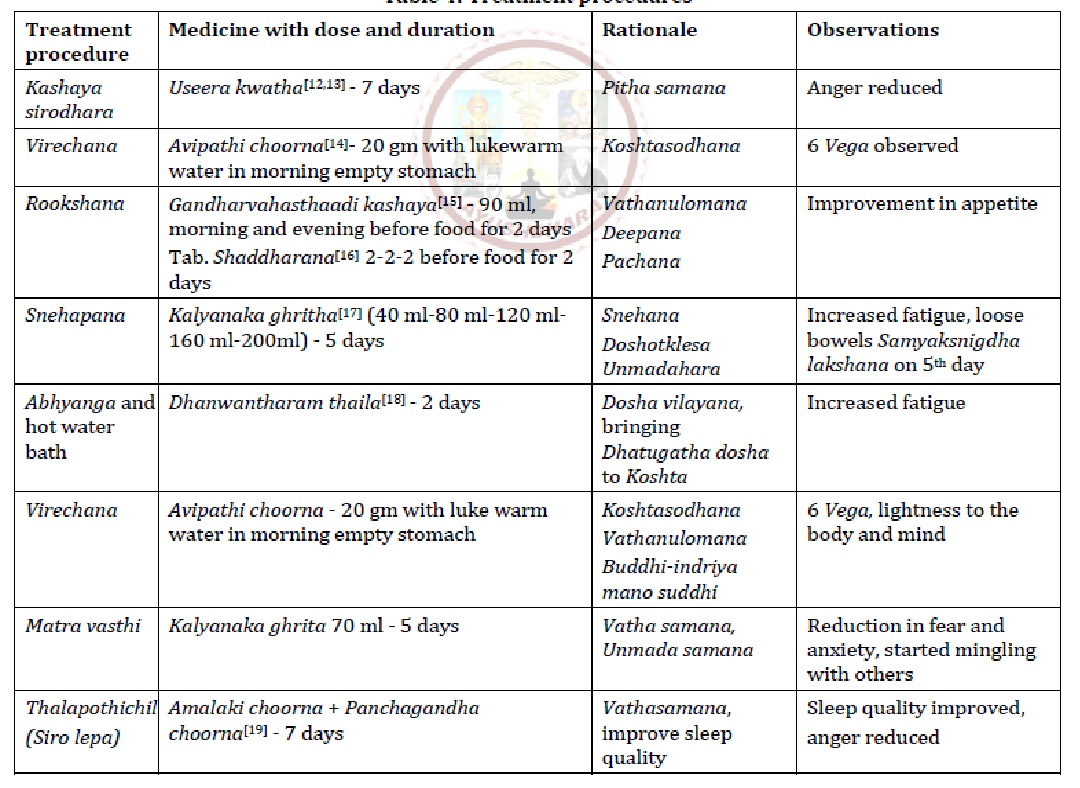Integrated Management with Ayurveda, Yoga and Counselling in Gender Dysphoria with Conduct Disorder
DOI:
https://doi.org/10.47070/ayushdhara.v10i6.1448Keywords:
Agni, Dosha, Jatharagni, Shamana, PrakopaAbstract
Sex is assigned at birth on the basis of external genitalia while gender is sense of being male, female or an alternative. It may or may not correspond to sex assigned at birth. In transgender, gender identity and gender expression do not match with sex assigned at birth. global prevalence of transgender is 0.3% to 0.5%. In DSM-5, gender dysphoria is the term used to refer the distress due to gender incongruence between sex assigned at birth and gender experienced. In Charakasamhita, Vyamisra linga is used to denote third gender. Even though there are few contexts to mentioning about diversities in attitude, feeling and behaviours connected with sex, no observations in Ayurveda on gender dysphoria. A 16 year old patient of assigned female gender admitted through the reference from children home authorities in the IPD of Government Ayurveda Research Institute for Mental Health and Hygiene (GARIM), Kottakkal, with disturbed sleep, increased fear, decreased food intake, increased anger, telling lies, stealing, reduced mingling with others, tendency of drawing male faces and smoking. Dress and hair style of the patient was like males. History of child abuse, running away from home and truancy were also reported. Patient was diagnosed with gender dysphoria and conduct disorder as per DSM-5 criteria which resemble Vatika Unmada with Pithanubandha. Sodhana and Samana modalities of treatments along with Yoga and counselling were given. Assessments done before and after treatments at GARIM and follow up after one month revealed remarkable relief from the symptoms presented. The Ayurvedic protocol was found effective and it highlights the scope of Ayurveda in managing gender dysphoria and associated conditions.
Downloads

Downloads
Published
Issue
Section
License
Copyright (c) 2023 AYUSHDHARA

This work is licensed under a Creative Commons Attribution-NonCommercial-ShareAlike 4.0 International License.


